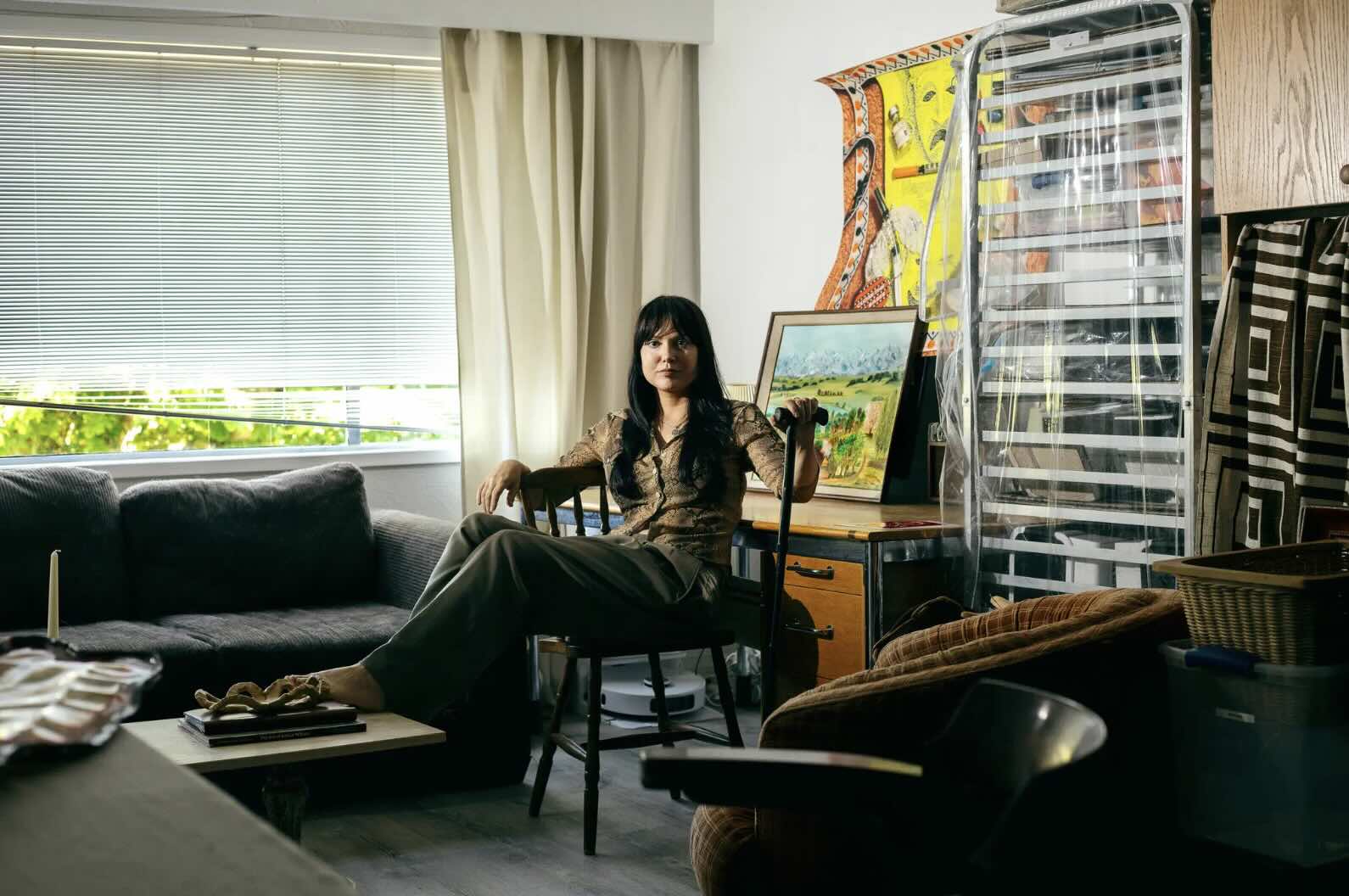
Bibliographic Reference
Julia Halperin, “What Disability Art Means Now,” The New York Times T Magazine, August 25, 2025
When the work of disabled artists entered the canon, their disabilities were often erased from the story — even if certain impairments had shaped the direction of their art. As cataracts blurred the vision of the Impressionist painter Claude Monet, he darkened his palette and applied paint more heavily to the canvas. Similarly, Charles White — whose luminous drawings and prints of Black American life made him one of the 20th century’s most influential artists — might not have created those works had he not contracted tuberculosis: Because of his sensitive lungs, he rejected painting’s toxic fumes in favor of the pencil. The British painter David Hockney, known for his brightly colored portraits and landscapes, has credited his hearing loss with his ability to “see space clearer.” Yet one reason the subject has been largely ignored by historians is that many artists have avoided the label themselves, considering their physical or mental impairments a distraction from their creativity rather than a facilitator of it. “Art history is disabled all around us,” says Amanda Cachia, an art historian who specializes in disability art activism. “Yet it has never been acknowledged as such.”